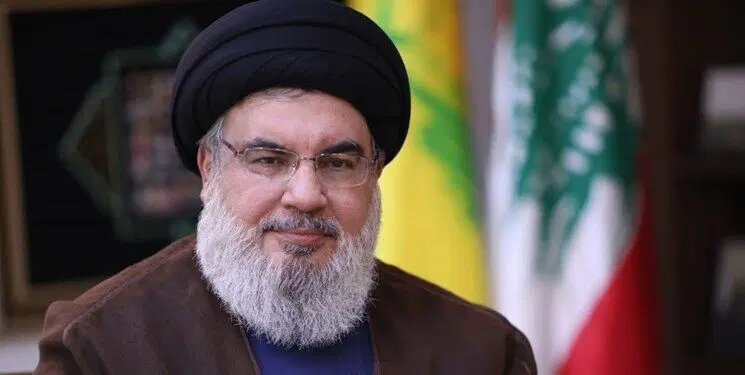The situation in Lebanon has escalated significantly due to Israeli airstrikes targeting Hezbollah, particularly following the reported attack on potential successor Hashem Safieddeine. Here’s a summary of the current developments:
Israeli Airstrike: An airstrike on Thursday night targeted Beirut’s southern suburbs, specifically aimed at an underground bunker believed to house Hashem Safieddeine, a potential successor to the slain Hezbollah leader Sayyed Hassan Nasrallah. The airstrike is part of Israel’s broader military campaign against Hezbollah, reportedly focusing on the group’s intelligence operations.
Ongoing Strikes: Continuous Israeli strikes in Dahiyeh (Beirut’s southern suburb) have impeded rescue efforts, with ongoing bombardments making it difficult for rescue workers to access the affected areas. Reports indicate that Hashem Safieddeine has been out of contact since the attack, raising concerns about his status.
Hezbollah’s Response: As of now, Hezbollah has not issued any statements regarding Safieddeine or the recent airstrikes. The loss of key figures within Hezbollah, including Safieddeine, would significantly impact the organization and its operations.
Escalating Conflict: Israel has intensified its military operations, including its first strike in Tripoli on Saturday and additional bombing in Beirut suburbs. The conflict, which has included exchanges of fire with Hezbollah, has expanded beyond the Israel-Lebanon border into more urban areas.
Military Objectives: Israeli officials assert that the goal of these military operations is to ensure the safety of citizens returning to northern Israel, which has been under bombardment from Hezbollah since October 8, 2023. The conflict has already led to significant losses within Hezbollah’s leadership, further complicating the group’s response to the escalating military pressure.
Israel’s military actions have significantly increased since the beginning of its year-long war in Gaza against Hamas. The broader implications of these strikes raise concerns about the stability of the region and the potential for further conflict

